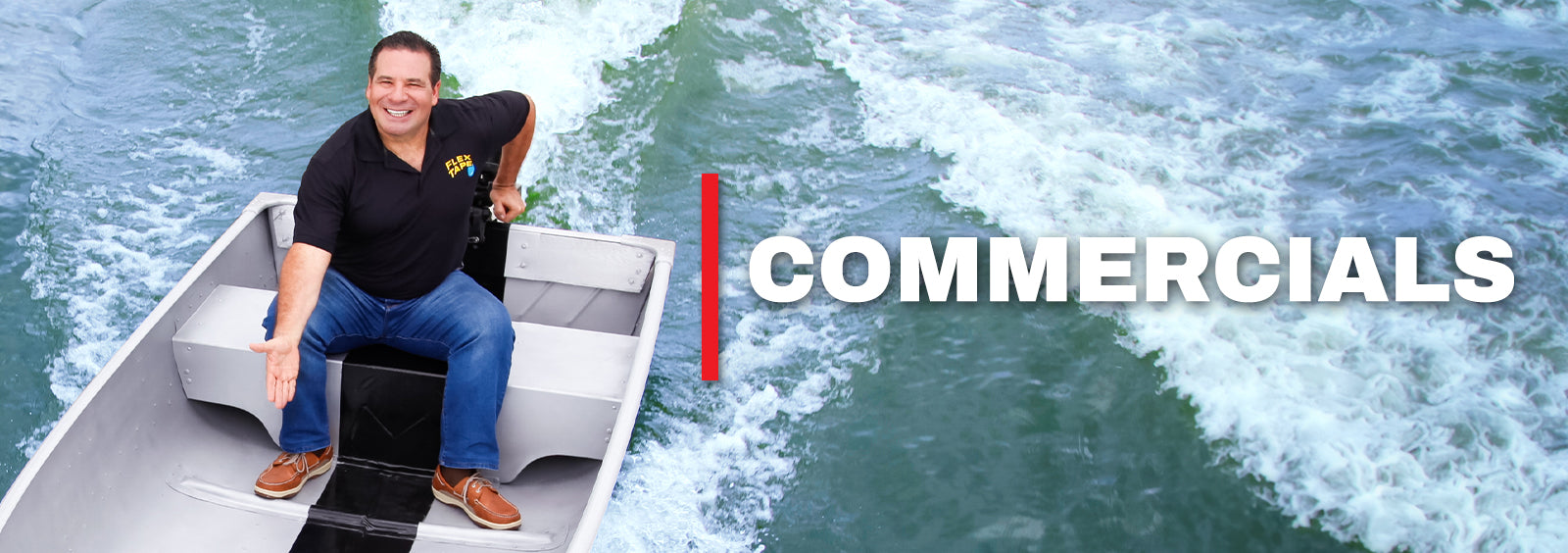How To Protect Your Pool with Flex Caulk
Because It Works

Maintaining your in-ground swimming pool involves more than just keeping the water clean. One often overlooked but crucial aspect of pool maintenance is sealing the gaps in the surrounding surfaces, like decks or patios. When left unsealed, they can lead to water leakage and structural damage, which can turn into costly repairs. Learn how Flex Caulk can help you seal vulnerable areas around your pool.
What Is Flex Caulk?
Flex Caulk is a high-performance, hybrid polymer caulk, applied through our Adjustable Trigger Flow Nozzle™, which eliminates the need for a caulking gun and allows you to control the flow of caulk. Just adjust the flow setting and push down on the trigger for a few seconds to dispense the perfect bead. There's no running, no dripping, and no mess. It’s great for both indoor and outdoor applications.
Why Seal Around and Within Your Pool?
Pools and deck areas are constantly exposed to the elements. Over time, the natural settling of the ground, temperature fluctuations, and general wear and tear can cause gaps to appear between your pool and the surrounding deck or patio. These gaps can allow water to seep through, leading to the erosion of the pool’s foundation and damage to the surrounding landscape. Worse, they can become a safety hazard, especially if the ground around the pool becomes uneven.
The interior of the pool can also be susceptible to leaks. These can happen around the skimmer, pool lights and jets. You can identify a leak by watching the water level, which will stop dropping past the source. This is a practical method to identify and isolate the issue as the water level will stop dropping past the source. To ensure success, it is imperative that the water level remains below the repair, until the product is fully cured.
How Can Flex Caulk Protect Your Pool?
Flex Caulk is weatherproof, waterproof, and resistant to UV rays, mildew, and chemicals, making it an ideal choice for pool maintenance. It adheres well to surfaces commonly found around a pool, such as concrete, stone, and wood. Plus, it stays flexible, so it won’t crack or peel even when temperatures change. This flexibility is key for maintaining a strong seal over time.

How To Seal Gaps Around Your Pool with Flex Caulk?
1. Clean the Area: Start by ensuring the surface around the gap is clean and free from dirt, grease, and debris. A clean surface is crucial for proper adhesion.
2. Prepare the Nozzle: Remove the tab on the Trigger Flow Nozzle™ and adjust the flow setting based on the size of the gap you’re sealing.
Flexpert Tip: For first time use, hold down the trigger for a few seconds in order for the product to be dispensed.
3. Apply the Caulk Hold the nozzle at a 45° angle and move smoothly along the gap, applying an even bead of caulk. Make sure Flex Caulk fills the gaps completely, for a consistent and strong seal.
4. Smooth the Finish After applying Flex Caulk, use a caulk finishing tool or your finger to smooth it out, creating a clean, professional look.
Flex Caulk will start to form a skin in about 10 minutes but fully cures in 24 hours. Once cured, Flex Caulk provides a durable, waterproof seal that can handle just about anything the weather throws at it.
Flexpert Tip: For larger cracks, we also recommend using Flex Paste because of its high viscosity and extreme strength. For other pool types, such as above-ground or pools with liners, Flex Tape is also a valuable tool. Check out our “How to Stop a Pool Leak with Flex Tape” article for more information.
Don’t wait until those little gaps turn into big problems - grab some Flex Caulk and get the job done right. Your pool will thank you!




















